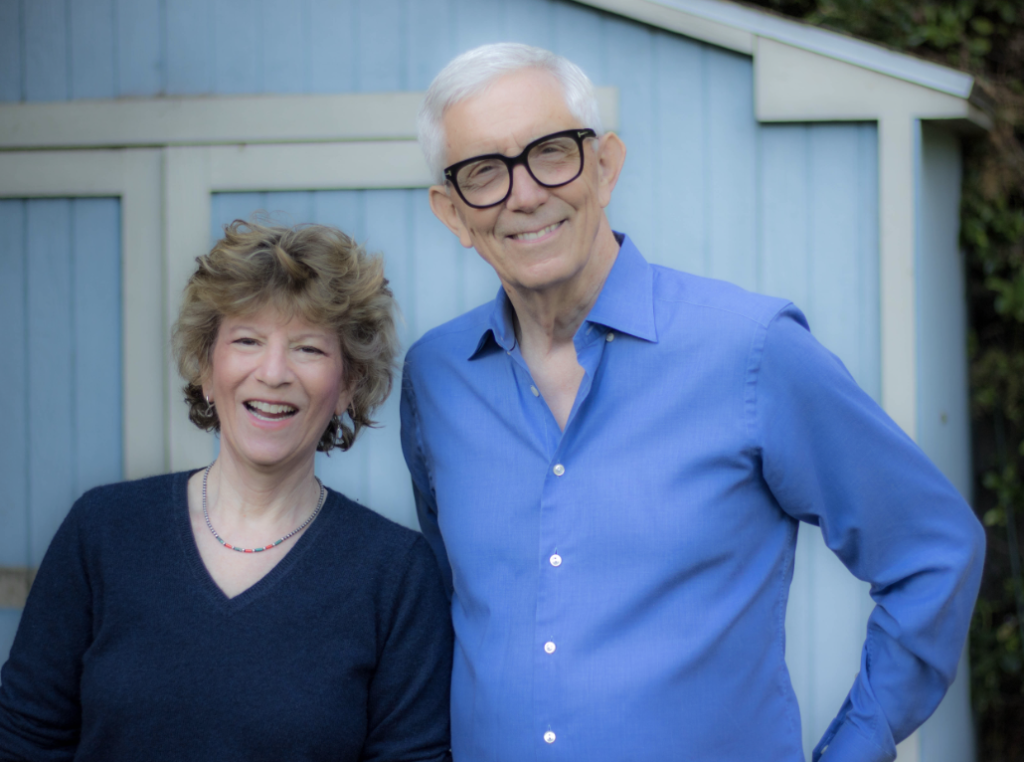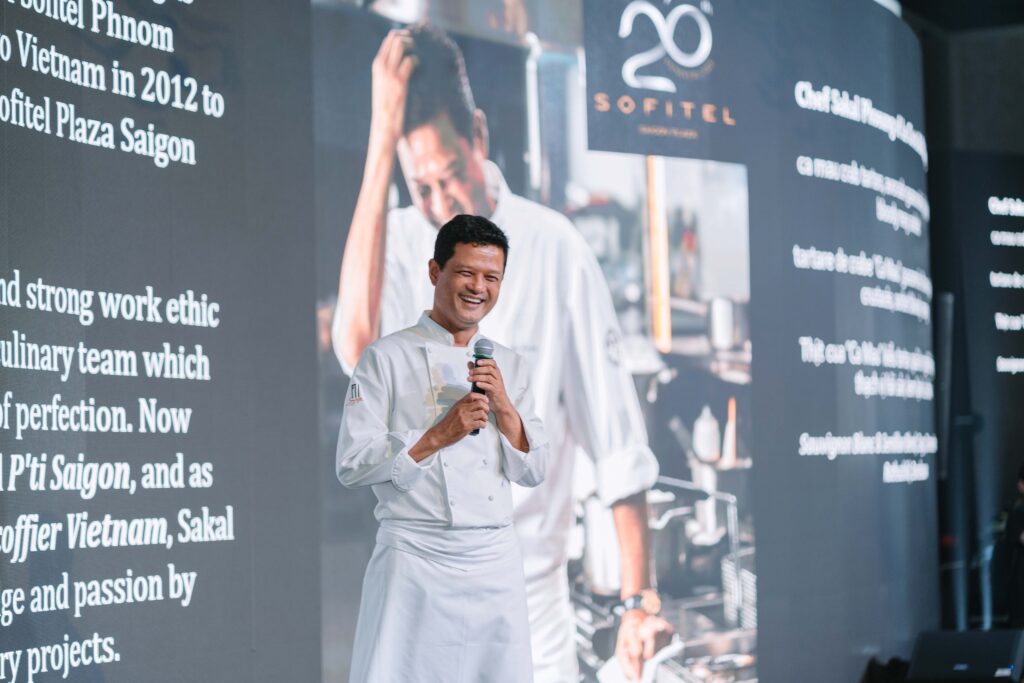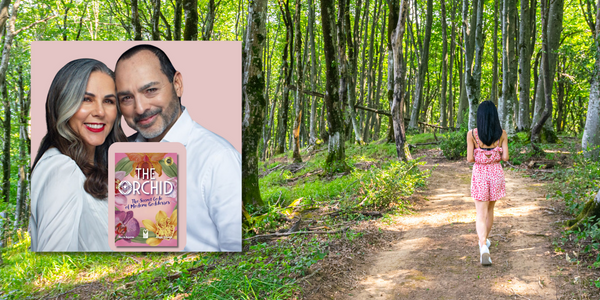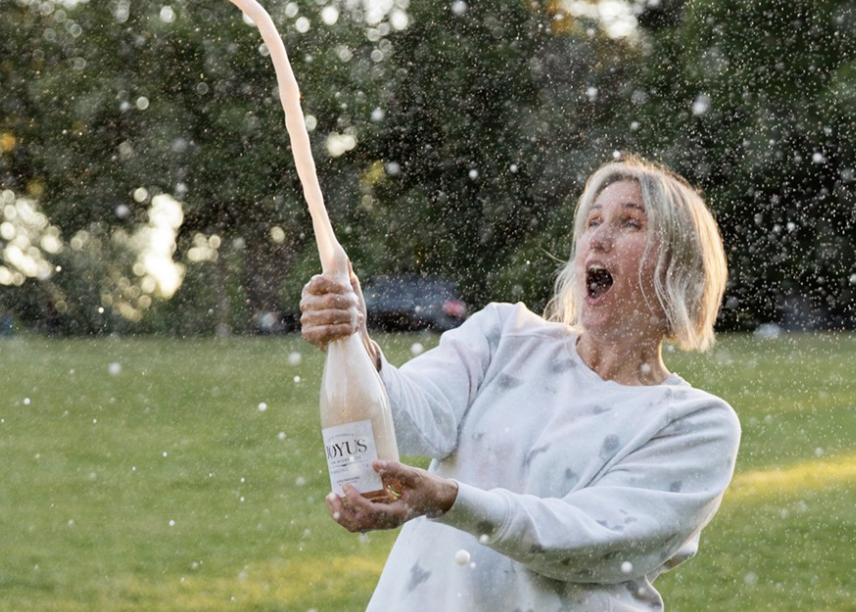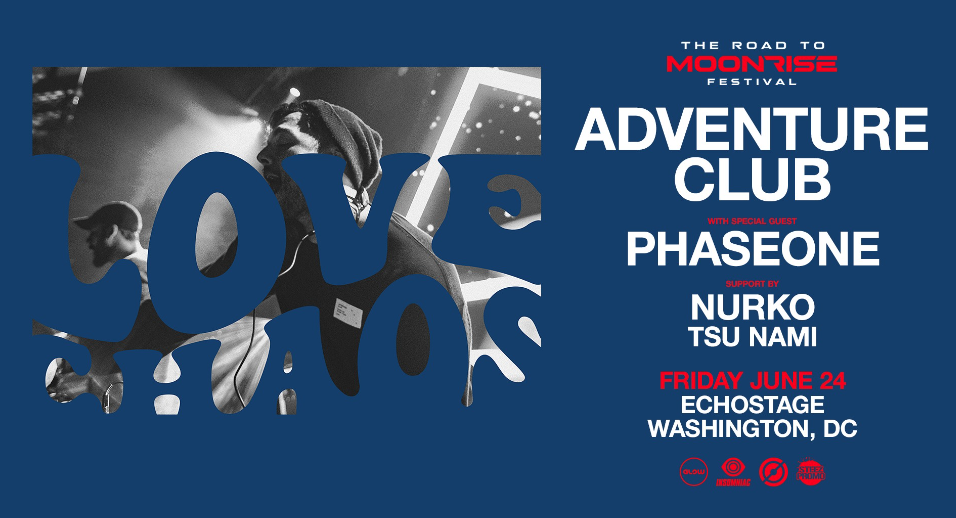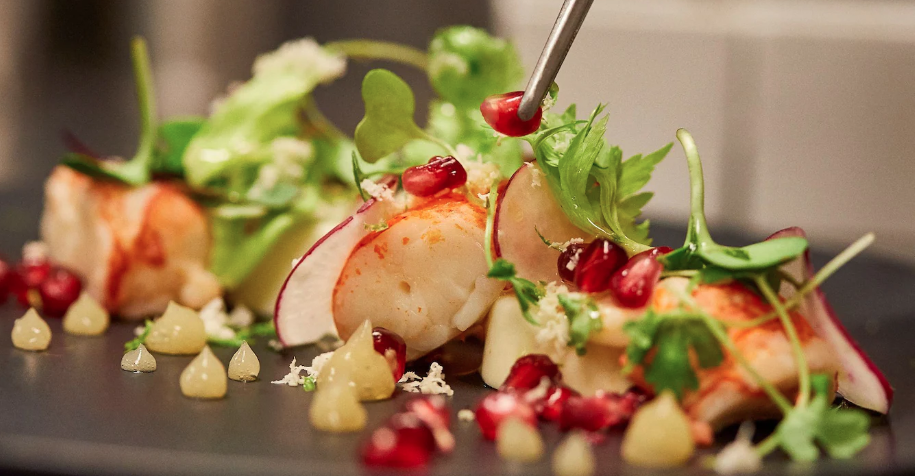How to Design a Zero-Waste Kitchen
By Caleb Leonard
As we witness the impacts of plastics and other waste on our planet, more and more people are looking to reduce, reuse, and recycle. Creating a zero-waste kitchen involves adopting a mindful and sustainable approach to reduce waste at every stage of your buying, cooking, and eating routines, and it is an impactful way to minimize your carbon footprint.
Here’s a step-by-step guide to help you get started:
Plan Ahead to Leave Less Behind
Look through your pantry and kitchen to see what you have on hand. Assess areas where waste is generated and rethink your shopping list.
Food waste can be prevented by effectively using your ingredients. Make creative use of leftovers. Freeze excess food for future meals. Don’t over-purchase perishable items. Make a shopping list and stick to it to avoid impulse purchases.
Buy in Bulk and Refill
Stock up on staples like grains, pasta, nuts, and spices in bulk. If you are heading to a store with bulk bins, bring your containers to avoid excess packaging.
Another way to reduce plastic packaging waste is by shopping at stores where you can refill cleaning and personal care products.
Choose products with minimal or sustainable packaging. Opt for glass, metal, or cardboard packaging over plastic whenever possible. These items can be repurposed or recycled.
Avoid individually packaged items and single-use packaging.
Shop Your Local Farmers Market

Shop Your Local Farmers Market
Farmers markets facilitate zero-waste kitchens.
Here’s how:
Reduced food packaging: Farmers markets offer fewer packaged and processed foods than grocery stores. Buying fewer single-use plastics keeps packaging waste out of landfills.
Local and seasonal produce: Farmers markets prioritize regionally grown and seasonal produce. By buying from local farmers, you support sustainable agriculture practices while minimizing the environmental impact of long-distance food transportation.
Bulk purchases: Many farmers markets offer the option to buy produce in bulk, allowing you to choose the quantity you need without redundant packaging.
BYOB (bring your own bag)

BYOB (bring your own bag)
Those flimsy plastic bags from the grocery store are no match for a reusable tote. Reusable bags made from canvas or recycled plastics are larger and more durable than single-use bags. Plus, more states are implementing fees to curb the use of plastic bags.
Go Green with Reusable Kitchenware
Most people know about reusable water bottles, but there are tons more reusable items on the market (many are dishwasher-safe too). From reusable K-cups for your morning cup of joe to stainless steel straws, there are lots of eco-friendly ways to eliminate kitchen waste.
Here are a few examples:
- Reusable food wraps (plastic wrap alternative)
- Washable cloths (paper towel/napkin substitute)
- Fiberglass chopsticks
- Compostable sponges
- Silicone storage/freezer bags (Ziplock alternative)
- Silicone muffin liners
Reusable products not only cut down on the production and consumption of new products, but they also save you money.
Consider Eco-Friendly Upgrades
With all the money you’ll save by going green, consider upgrading your appliances. New technologies use less water and electricity. The money you spend on energy-efficient appliances will be recuperated over time.
Freeze as You Please
A high-performance freezer is a powerful tool for keeping your food fresh. Food waste often comes from leftovers. Rather than throwing away leftovers, you can freeze them. These frozen meals can be quick and convenient options on busy days, especially when stored as pre-packaged meals.
Freezing foods can significantly extend their shelf life; this way, you can buy in bulk and take advantage of sales without worrying about ingredients spoiling.
If you have produce nearing its expiration date, freeze it before it turns. Freeze fruits, vegetables, and other perishables. Sauces can be frozen too.
Your freezer can also store dry goods. Freeze bulk items like nuts, grains, and flour for later use.
Reimagine Your Food Scraps

Reimagine Your Food Scraps
Almost all organic material has multiple uses. For example, banana peels make great hair and skin masks, banana tea is a powerful sleep aid, and plants love the potassium-enriched water of peels soaked overnight.
Orange peels can be boiled as a room deodorizer or baked and ground into a vitamin-packed powder.
Bones can be made into bone broth, and new plants can be grown from viable produce seeds, while herbs can be propagated for an endless supply of seasonings.
Before you toss it in the compost bin, perform a quick search and scope out any additional uses.
Compost is King
Composting is the backbone of the zero-waste kitchen. Once you have re-used your food in every imaginable way, it’s time to give it back to the earth. Create a compost pile in your yard; use a tumbling bin or a countertop composter.
Benefits of composting:
Reduced landfill waste: Food scraps account for a large chunk of landfill waste. When these materials decompose in landfills; they release methane, a potent greenhouse gas. Composting diverts these materials away from landfills, reducing their environmental impact.
Enriched soil: Compost improves soil structure, water retention, and nutrient availability. By composting, you’ll foster healthy plant growth, reducing the need for excessive watering and fertilizers.
Minimized odor and pests: Properly composting food scraps and yard waste reduces the likelihood of attracting pests and generating foul odors in trash bins.
A zero-waste kitchen is one way to live a greener, more eco-friendly lifestyle. Once you hit your stride in the kitchen, you’ll likely find other areas to cut waste. Small changes add up, and you’ll make a big difference.
Caleb Leonard is a freelance writer and marketing professional. A graduate of the University of North Texas, his interests include gardening, podcasts, and studying Spanish.





